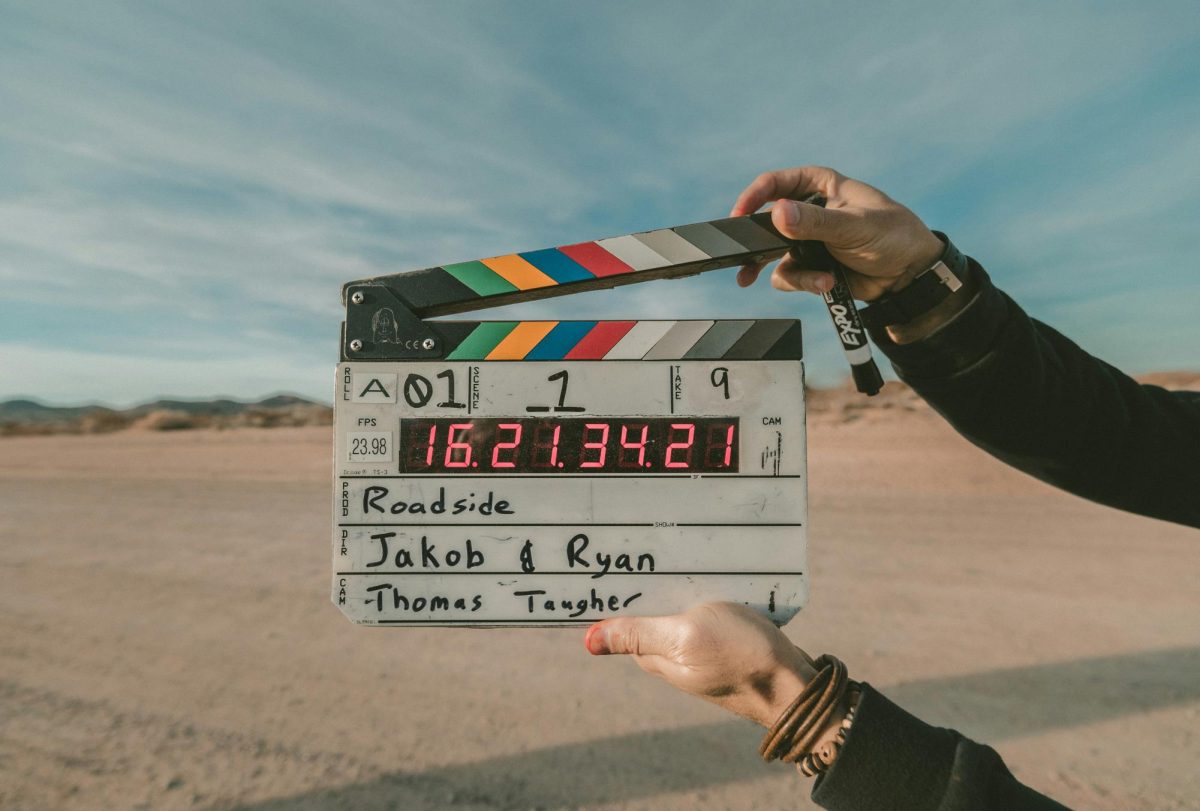Have you ever wondered if you were ‘cat’ pretty, with sharp features and a pointed nose, or ‘deer’ pretty with doe eyes and a graceful appearance? How about what ‘stage’ of pretty privilege you fall under? Are you ‘pretty’ or ‘beautiful’ or ‘hot?’ There’s a difference, you know!
Trend cycles and obsession with physical beauty are far from novel concepts; one merely needs to observe how easily the decades of the last century are categorized based on their trend cycles to see the fact. The ‘70s are marked by bell-bottoms, big accessories, and bright eye-shadow, while the ‘80s were known for neon colors, high-rise jeans, et cetera.
However, the ‘life cycle’ of trends and the manner in which they arise have greatly changed since social media experienced an immense popularity boost. Previously, entire styles were what trended. They were overall looks that could be altered for each person’s preference but still relatively fit the general trend. Now, there are certain items that trend, whether it be a corset top from H&M, a lip gloss from Rare Beauty, or a certain pair of jeans that simply everyone is buying.
Additionally, when certain ‘aesthetics’ trend, they never last long, resulting in the concept of micro trends. The beginning of summer is ‘coastal grandma,’ but by August, people have moved on, and if you’re not dressing in ‘ocean grunge’ attire, then you’re behind.
Not only does the growing appearance of micro trends spell bad news for the environment due to excess waste, overproduction, and a correlation with an increase in fast fashion, but it also has detrimental effects on the mental health of young people who interact with these trends. Especially young women. Case in point– the phenomenon of categorizing what ‘type of pretty’ someone is.
Young, impressionable girls are constantly bombarded by content that relates to their physical appearance, and it leads to many equating self-worth with their appearance. Individual self-expression declines, because social media makes many young girls feel like they must conform, and a relatively simple way of doing that is to buy a certain product or purchase a certain skirt they’ve seen promoted online. Moreover, when people try to find their personal style, it can be extremely difficult because brands are in touch with trend cycles and social media and produce what is popular.
It is disheartening to see self-expression damaged by trends or to feel like you have to squeeze yourself into a certain aesthetic. It is important to remember that to be a person is to be a contradiction; you cannot possibly be ‘cottage core’ inside and out, nor can your beauty be defined by what type of animal you closely resemble. We are conglomerations of media we come into contact with, but more importantly, the people with whom we interact on a daily basis, and, most importantly, ourselves.







